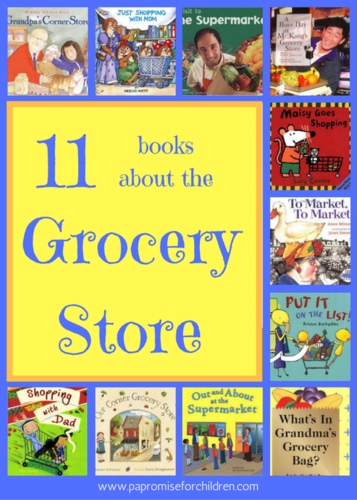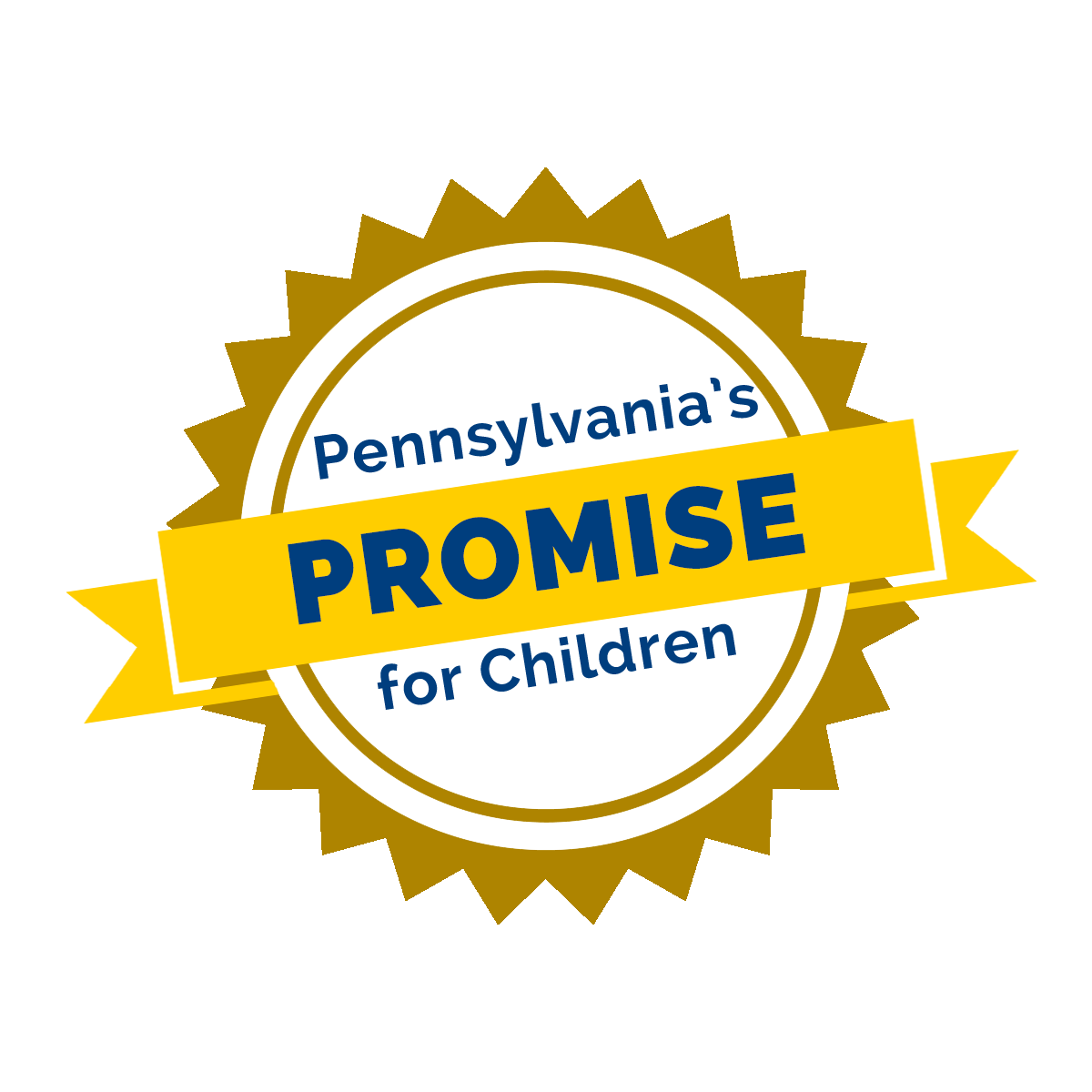
We’re in the grocery store!
Each month offers activities families can do together in a variety of settings. The activities within the Learning is Everywhere Calendar and on the website are aligned with the Pennsylvania Early Learning Standards (ELS).
These guidelines can be used to determine what infants, toddlers, pre-kindergarten, and kindergarten children may know or be able to do within specific age ranges.
Print the book list! 11 Books about the Grocery Store.
- Grandpa’s Corner Store by DyAnne DiSalvo-Ryan
- Out and About at the Supermarket by Kitty Shea
- Put It On the List by Kristen Darbyshire
- A Visit to the Supermarket by Blake A. Hoena
- Our Corner Grocery Store by Joanne Schwartz and Laura Beingessner
- A Busy Day at Mr. Kang’s Grocery Store by Alice K. Flanagan
- To Market, To Market by Anne Miranda
- Shopping with Dad by Matt Harvey and Miriam Latimer
- What’s in Grandma’s Grocery Bag? by Hui-Mei Pan
- Just Shopping with Mom by Mercer Mayer
- Maisy Goes Shopping by Lucy Cousins
Encourage your baby to interact with those who may stop to say hello while at the grocery store. Reassure them with smiles and eye contact and an encouraging tone. After the interaction, describe the interaction. “That lady thought you were so cute and liked your smile!” (Social and Emotional Development)
As you shop, describe to your baby what they are seeing. Use different words to describe the colors, shapes, smells and noises he may experience. Tell what you plan to do with the items purchased and how many you will buy. Expand the sensory experiences; for example, touch items of varying textures and temperature to your child’s skin. Use facial expressions to enhance the experiences. (Scientific Thinking)
When in the grocery store, have your child help you decide which item is largest, smallest, heaviest, etc. For example, compare the size of a lemon and a grapefruit, and help them decide which item is larger or smaller. (Scientific Thinking)
Using a magazine or newspaper grocery ad, have your toddler select foods they likes to eat, or would like to try. You can cut them out so they can glue or paste the pictures into a “favorite foods” book. (This can be similar to the Me Book in the Learning is Everywhere Calendar.) Next time you visit the grocery store see if they can select something new they would like to try to add it to the book. Talk about the pictures chosen and ask why they like the items. (Health, Wellness and Physical Development)
As you put away your groceries, talk about the items that were purchased. Help your preschooler or kindergartner describe each item-hard, soft, rough, smooth, red, green, etc. How many different words can they use to describe the item? Each of you can take turns coming up with a new word! Create a shopping page on a tablet with pictures and descriptive words. (Scientific Thinking)
Help your preschooler or kindergartner associate the food they eat with their origin. For example, mashed potatoes come from potatoes, and ketchup comes from tomatoes. Next time you visit the grocery store, help them identify which items can be made into something else (like oranges into orange juice) (Scientific Thinking)
During the next grocery trip, have your preschooler or kindergartner assist you in matching the coupon with the item. Point out the name of the items and the picture on the coupons. Translate the amount on the coupon into money. “50 cents is two quarters” or “$1.00 is the same as four quarters or one dollar bill”. Make your own play money and coupons and practice shopping. Allow your preschooler or kindergartner to shop in your kitchen with their coupons and money to prepare for shopping in a store. (Mathematics Thinking and Expression)
